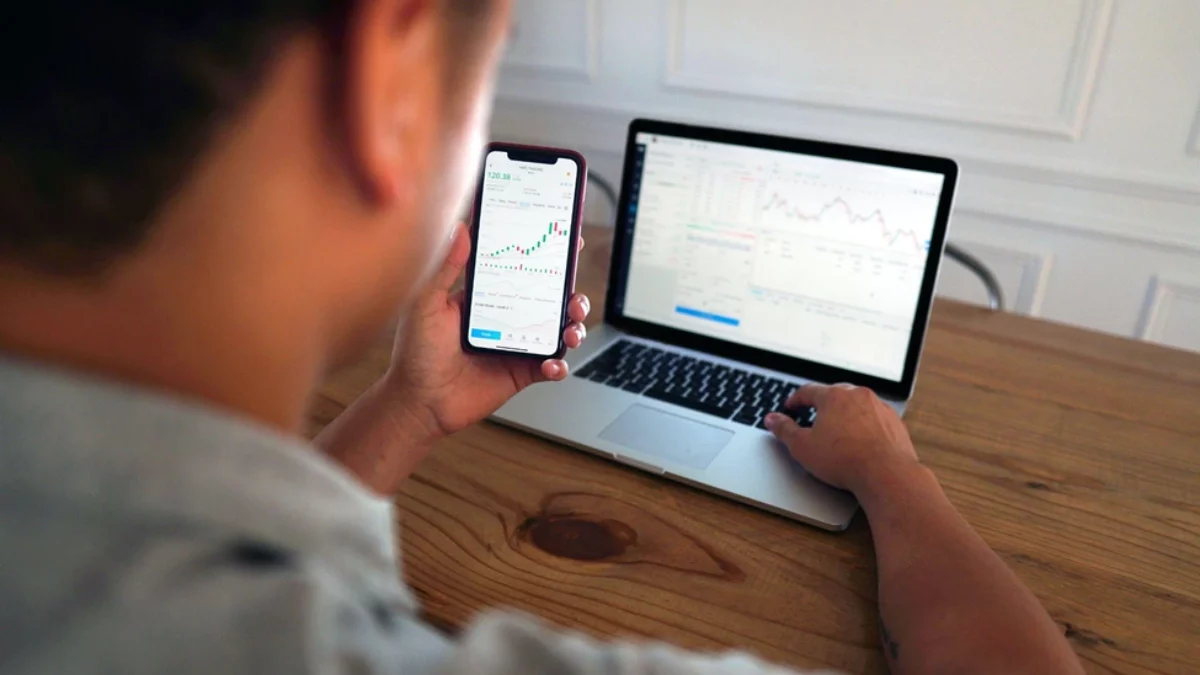Embarking on your forex trading journey requires a solid understanding of the various order types available. In this article, we’ll demystify the world of forex orders, breaking down the key types and their significance in the dynamic currency market.
Table of Contents
Forex Order Types You Must Know
Here are the different forex order types that you need to be aware of:
Market Order: Executing Instantly at Current Prices
The simplest and most common order type is the market order. When you place a market order, you’re instructing your broker to execute the trade at the current market price. This type of order is ideal when you want to enter or exit a position quickly.
Let’s say you want to buy Malaysian Ringgit (MYR) against the US Dollar (USD), and the current market price is 4.2000. A market order will execute the trade at or near this price.
Limit Order: Setting Conditions for Entry or Exit
A limit order allows you to specify a particular price at which you want to enter or exit a trade. If the market reaches your specified price, the order is executed. This type of order provides more control over the entry and exit points of your trades.
Here is an example: if you believe the MYR/USD rate will improve when it reaches 4.1800, you can place a limit order to buy at that specific rate.
Stop Order: Mitigating Losses and Capturing Gains
A stop order is designed to limit potential losses or secure gains. There are two types: a buy-stop order and a sell-stop order. A buy-stop order is placed above the current market price, while a sell-stop order is placed below.
Stop orders are important because they play a crucial role in managing risks. Poor risk management is one of the top reasons why forex traders fail and quit the game.
Example: You hold MYR/USD, and the current market price is 4.2000. To limit potential losses, you can place a sell-stop order at 4.1900.
Take Profit Order: Locking in Profits
Imagine entering a trade and seeing it book sizable unrealised profits only for the trade to go against you before taking profits. How does it feel? And how can you avoid it?
A take-profit order allows you to specify a price at which your trade will automatically close, securing your profits. This order type is crucial for managing risk and ensuring you capitalise on favourable market movements.
Example: If you are in a long position on MYR/USD at 4.2000, you might set a take profit order at 4.2200 to automatically close the trade when the market reaches that level.
Trailing Stop Order: Riding the Trend
A trailing stop order is dynamic, adjusting itself as the market price moves in your favour. It helps lock in profits while allowing room for the trade to continue benefiting from favourable trends.
Example: You are in a long position on MYR/USD at 4.2000, and you set a trailing stop order with a 20-pip distance. If the market moves in your favour by 20 pips, the stop order will automatically adjust, maintaining a 20-pip gap.
Fill or Kill (FOK) Order
An FOK order is a type of order that must be filled in its entirety or not at all. If the order cannot be filled in its entirety, it will be cancelled. This type of order is often used by scalpers who want to ensure that their orders are filled without slippage or partial execution.
Conclusion: Understanding Forex Order Types is Crucial
Understanding the nuances of various forex order types empowers you as a trader to navigate the markets strategically. Whether you aim for quick executions with market orders, set specific entry and exit points with limit orders, or employ risk management with stop orders, each type serves a unique purpose.

